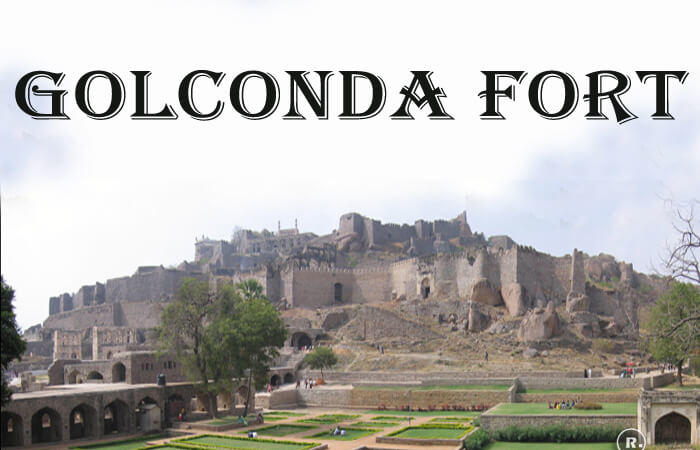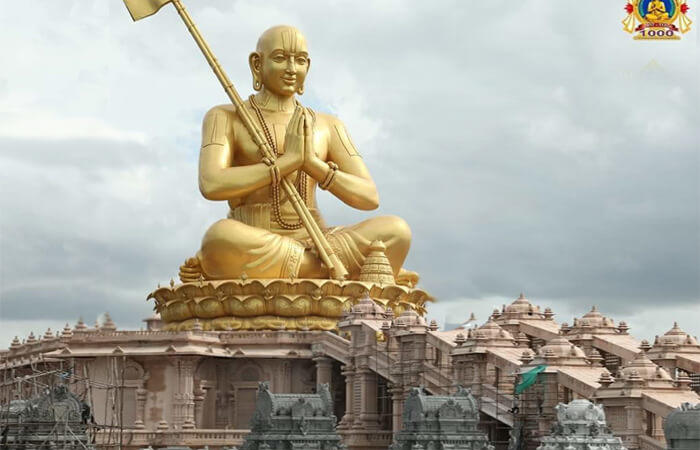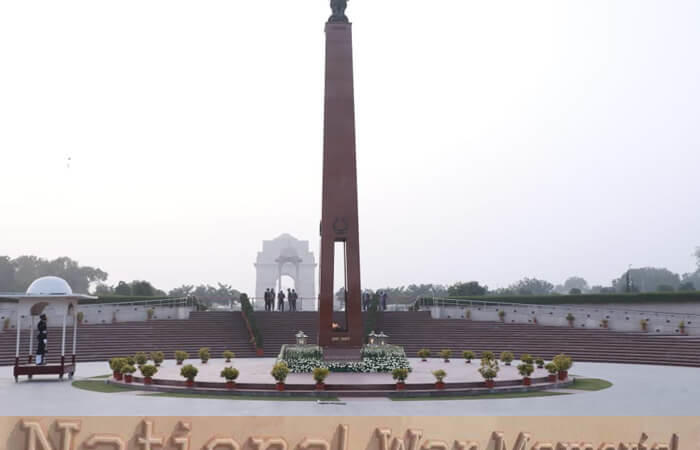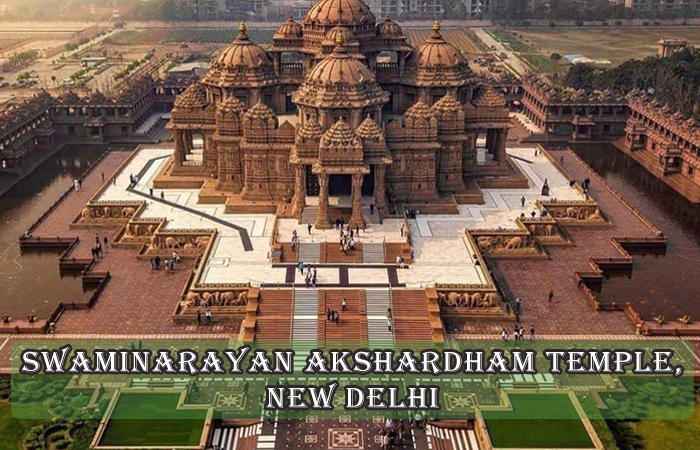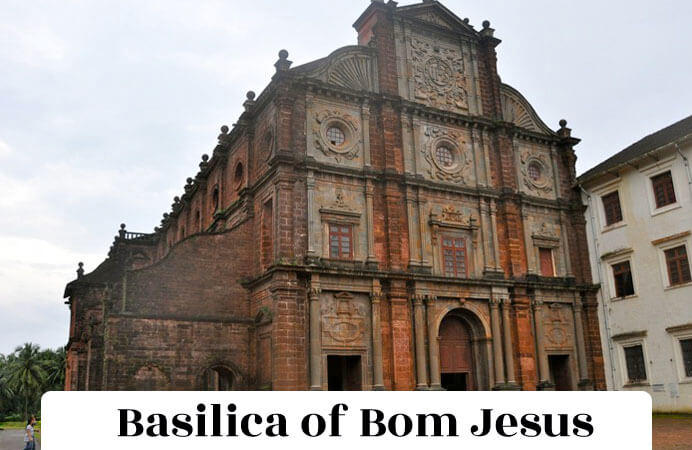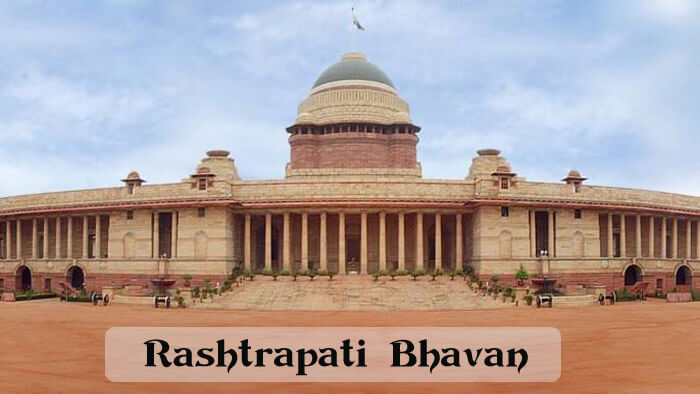The Caves of Ajanta
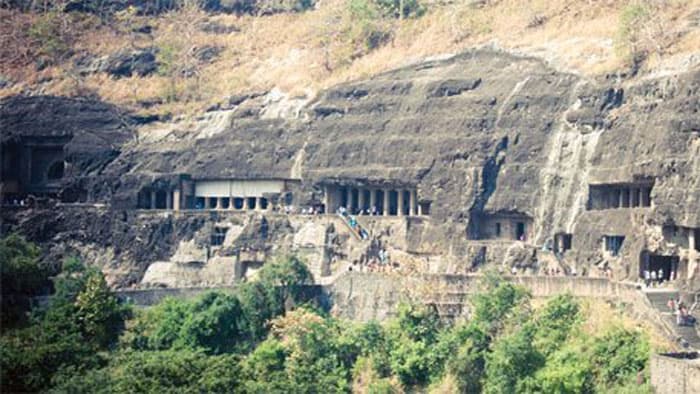
Ajanta Caves are architectural Buddhist prayer halls and monasteries carved out of horseshoe-shaped rock face in a mountainous region along the Waghur river located in Maharashtra, India. These caves are located near a village called Ajanta, which is in the Aurangabad district of Maharashtra and was discovered by accident in 1819 when the British cavalry officer John Smith slipped through a hole and accidentally discovered cave 10. Ajanta Caves has been declared a UNESCO World Heritage Site since 1983.
Caves are three and a half km away from the village of Ajanta in the Ashwal Naal shaped valley, surrounded by a dense forest. The village is located 106 km from Aurangabad city of Maharashtra. Its nearest city is Jalgaon, which is 60 km away, and Bhusaval is also 70 km away. The hillstream Vaghur flows in the foothills of this valley.
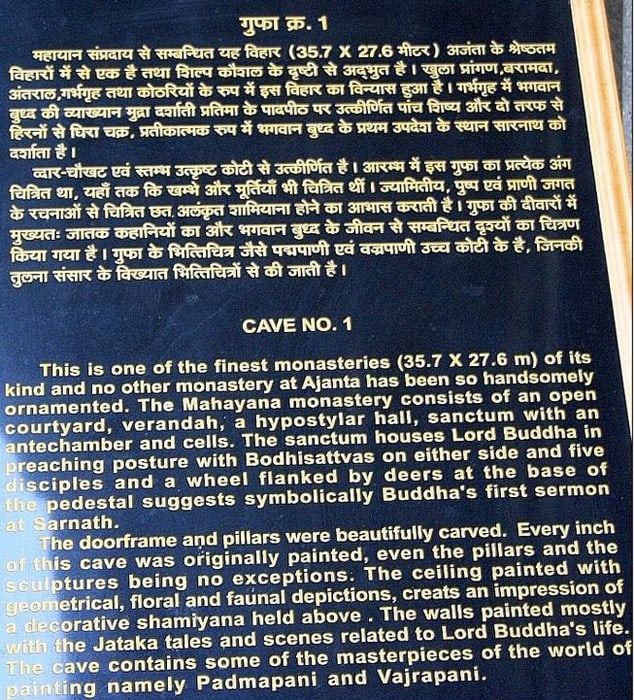
Of the 30 caves hewn into a 250-foot rock face, five constitute the Chaityas (a Buddhist prayer hall with a stupa on one end), while the remaining are Viharas (Buddhist monastery) which are located to the south of a waterfall formed by the river. The height of their river ranges from 35 to 110 feet.
Ajanta has a group like a monastery, which has many viharas and chaityas, which are built in two stages. The first phase is mistakenly called the Hinayana phase, which is related to the Hinayana faith of Buddhism. In fact, Hinayana Sthal is a term for antisemitism, in which there is no prohibition in the tangible form of Buddha. Ajanta’s cave number 9,10, 12, 13 15 was discovered at this stage. In these excavations, Buddha is depicted as Stupa.
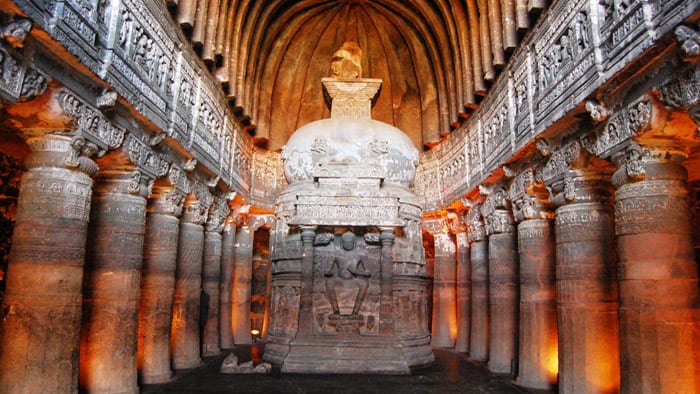
Suggested Read: Ancient Paintings of India
The viharas found in the excavation are of several measurements, the largest being 52 feet. Almost all are square. There is also a variation in their appearance. Many are simple, many are ornate, some are made of pavilions, and many are not. All viharas have an essential component – a large hall room.
Among those in the Vakataka phase, many places do not have holy places, because they were made only for religious gatherings and accommodation. Later holy places were added to them. Then it became a standard. In this holy place, there was a statue of Buddha in a central room, often sitting in the Dharmachakra Prabhavana Mudra.
In the caves which have the latest features, there are also visible minor shrines on the sidewalls, door pavilions, and in the courtyard. The walls of the walls in many viharas are embellished with carvings, murals are painted on the walls and roofs.
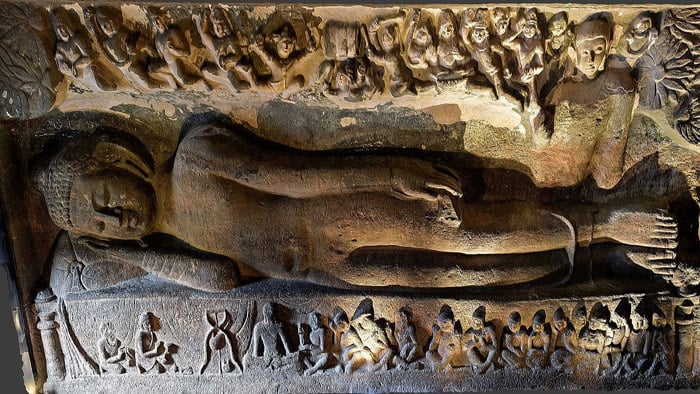
Suggested Read: Ellora Caves
Ajanta cave history
In the past, academics divided the caves into three groups, but it was rejected due to the evidence and research. According to that theory, from 200 BCE to 200 AD, one group, the second group was considered to be of the sixth century and the third group was of the seventh century.

The expression cave temple used by the Anglo-Indians for the viharas was considered inappropriate. Ajanta was a type of college monastery. Hiuen Tsang states that Dinnag, a famous Buddhist philosopher, who was the author of several texts on logic, lived here.
It is yet to be substantiated by other evidence. At its peak, the Viharas had the ability to accommodate hundreds. Teachers and students used to live here.
Suggested Read: Indian Art and Architecture
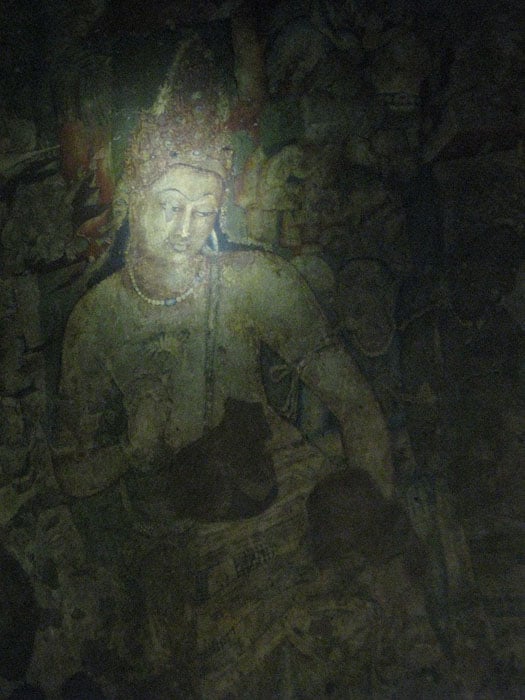
It is very sad that no cave of Vakataka Charan is complete. It was because of this that the ruler Vakataka dynasty suddenly became powerless, which also put his subjects in trouble. For this reason, all activities were interrupted and stopped suddenly. This time was the last period of Ajanta.
The images and maps of Ajanta remain ancient in India. The caves of Ajanta and Ellora are one of the ancient and beautiful caves of India. The images in these caves are taken in the old times.
Today the caves are in the care of the Archaeological Survey of India. Masterpieces of India are built in Ajanta’s caves, which gives India a high honor. Ajanta’s caves are in the Aurangabad district located in Maharashtra.
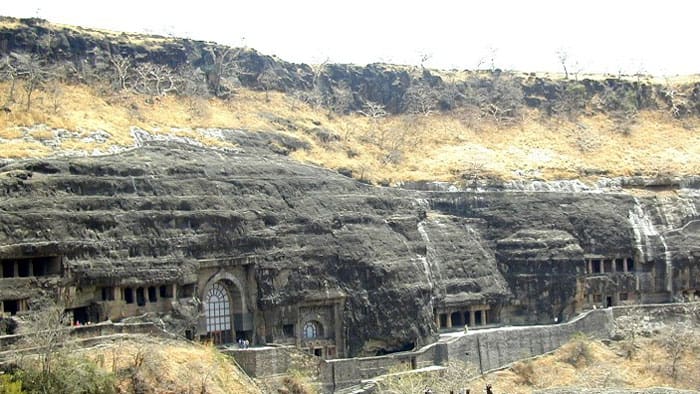
Suggested Read: Top Ten Places to visit India
Interesting Facts about Ajanta Caves
1. Ajanta’s cave is 2000 years old and Buddha’s effigy is about 600 years old.
2. In the cave of Ajanta, you will see a big picture of Buddha in the cave. The entrance to the caves is very beautifully decorated.
3. Apart from the 3 beautiful paintings and grand images, there are big pillars, Buddha statues, paintings on the ceiling gives a new record to the caves of Ajanta, and attracts tourists.
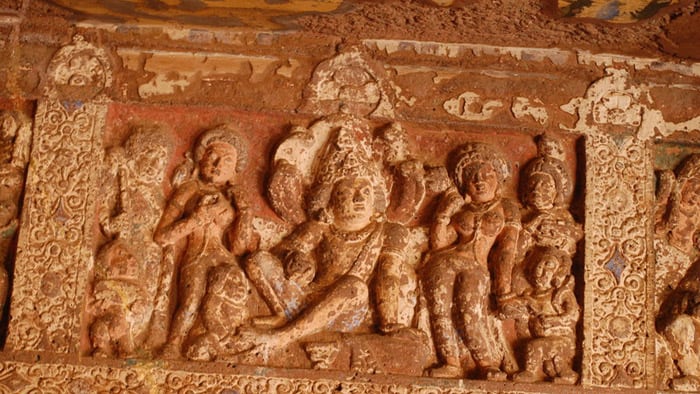
4. After careful examination and investigation of 4 caves, it was found that there are about 30 caves in Ajanta caves and these caves were in two parts, many of which occurred in the Satavahana round and many in the Vakataka round.
5. In the life of Buddha’s life, he was against his drawings and maps in the caves.
6. The second round of construction took place in the kingdom of Harishena Vakataka Shashak. During this period, temples were built in about 20 caves.
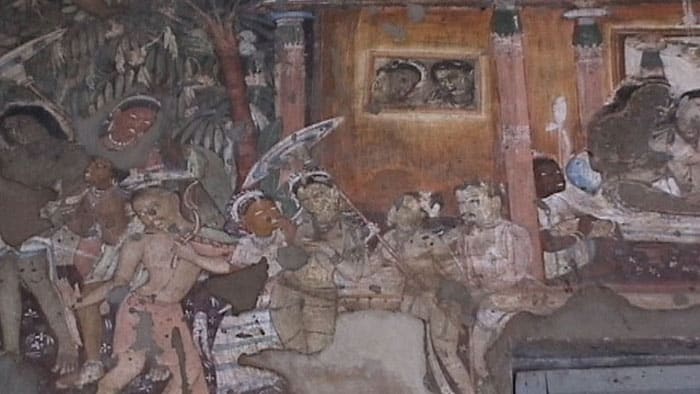
7. Because of being a dense forest, the formation of caves in the ruler of Harisena had stopped and people forgot it.
Suggested Read: The Footwear Once Worn
8. Pictures of Ajanta Caves had a greater impact on the education of the Buddha, for this many pictures of the Royal Court were also made there.
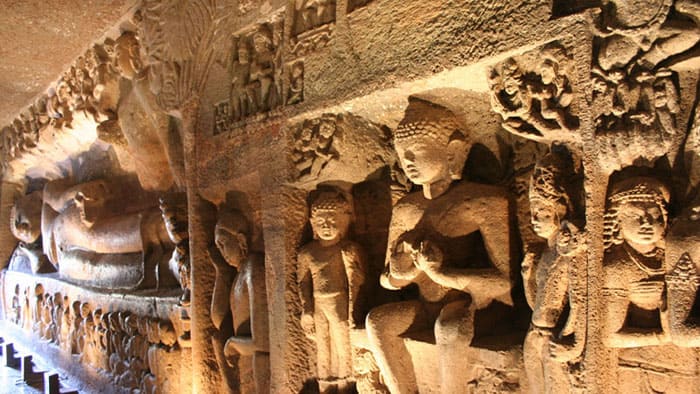
Ajanta caves are a tourist magnet where you can see praying Buddha, the caves portray Buddha’s past lives and rebirths and are a gateway to Nirvana. The caves were abandoned after the 7th century CE when Buddhism declined in India, but are still considered sacred by locals.
Suggested Read: Famous Historical Monuments

